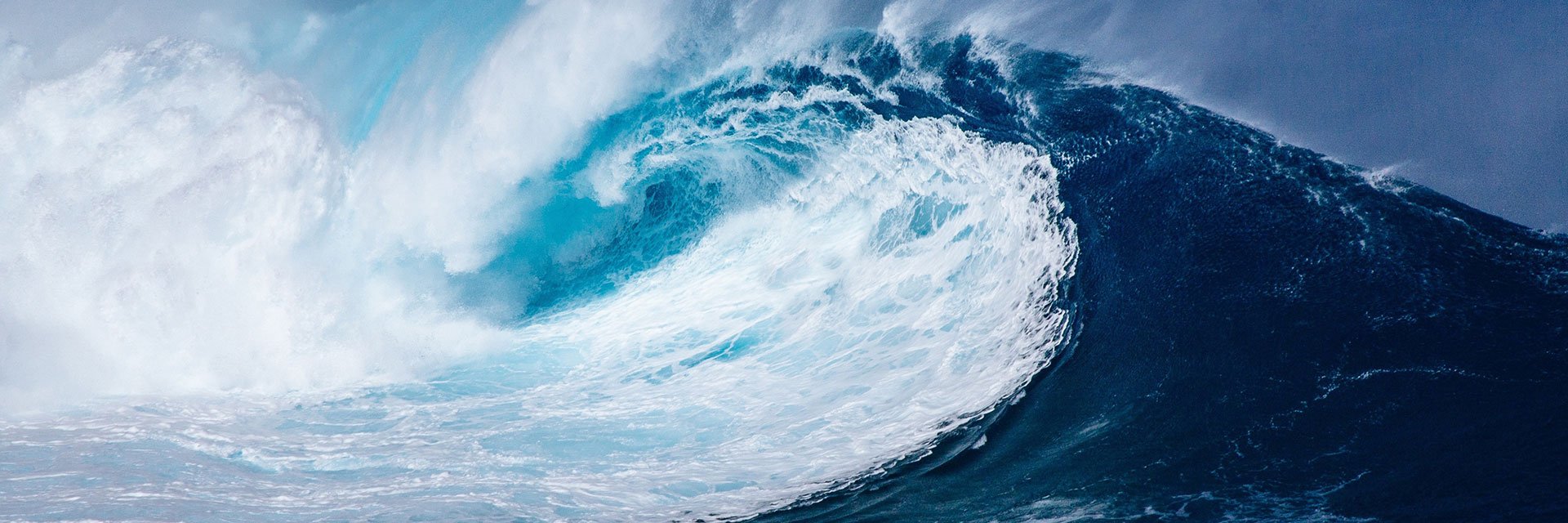
UNFCCC - Striving to stay ahead of climate change
The UNFCCC, often called the Climate Convention, was formed to implement actions for limiting climate change due to temperature rise – one of the greatest threats to humanity.
The United Nations Framework Convention on Climate Change, UNFCCC, is one of the most well-known UN conventions. It was signed at the UN Conference on Environment and Development in Rio de Janeiro in 1994 and entered into force in the same year. Later, 196 parties adopted the Paris Agreement, stating that all countries will strive to keep global heating well below two degrees, and take actions for limiting the temperature rise to 1.5 °C.
During the 1900s and so far in the 2000s, the use of coal, oil, and fossil gas has increased continuously, causing high levels of carbon emissions. Every country is affected by, and contributes to, emissions – but the consequences for different areas of the world are diverse depending on numerous factors. Moreover, the responsibility for climate change varies between countries.
Rapid, deep, and sustained reductions of global greenhouse gas emissions is the only way forward to fulfil the goals of the Paris Agreement and to prevent dangerous disturbance to the climate system. International collaboration, including multilateral decisions, to steer the global transition away from fossil fuels is key. For the implementation of the needed emission reductions, every country must participate with their highest possible ambition and action needs to be taken on all levels and by all actors in our societies.
Contact and more information
Would you like to know more about the Climate Convention? Send an email to Annika Christell at the Swedish EPA, annika.christell@naturvardsverket.se